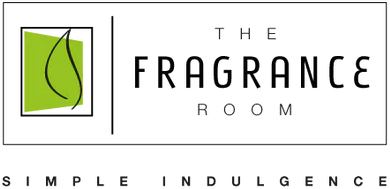FAQ'S
Why are candles so popular?
Candles are perhaps one of the most enjoyable and affordable luxury items available to everyone. They are beautiful and magical, infusing the home with color and fragrance. They can create a special warmth and ambiance to bring a special sense of calm and well-being.
What sort of chemical reaction occurs when a candle burns?
When you light a candle, the heat of the flame melts the wax near the wick. This melted or liquid wax is then drawn up into the wick by capillary action. The flame’s heat vaporizes the liquid wax to produce water vapor and carbon dioxide (the same byproducts that humans produce when exhaling).
How long should I burn a candle?
Maximum burn times vary from candle to candle; follow the manufacturer’s instructions. Always extinguish a candle if the flame gets too close to the candle holder or container. For a margin of safety, discontinue burning a candle when 2 inches of wax remains (½ inch if a container candle or jar candle).
What causes a candle to smoke, and what can I do to correct it?
A well-made candle will create virtually no smoke when burning properly. Consumers often incorrectly believe their candles are sooting because of the wax type, fragrance, colorants or additives used in the candle’s formulation, but sooting is primarily due to flame and combustion disturbances. If the wick becomes too long, or an air current disturbs the flame’s teardrop shape, small amounts of unburned carbon particles (soot) will escape from the flame as a visible wisp of smoke. Any candle will soot if the flame is disturbed.
To avoid this, always trim the wick to ¼ inch before every use and be sure to place candles away from drafts, vents or air currents. If a candle continually flickers or smokes, it is not burning properly and should be extinguished. Allow the candle to cool, trim the wick, make sure the area is draft free, then re-light.
Are scented candles safe?
Yes. When a candle burns, the wax is drawn into the wick, where it is “consumed” by the candle flame to produce water vapor and carbon dioxide. The only difference with a scented candle is that a small amount of fragrance is released as well.
Reputable candle manufacturers use only fragrances that are approved for burning in candles. They also carefully monitor the addition of fragrance to ensure that the candle will burn cleanly and properly.
Is my candle biodegradable?
Probably. Studies have shown that beeswax, paraffin and vegetable-based waxes are biodegradable. The vast majority of candles today are made primarily from these waxes.
Is paraffin wax toxic?
No. Paraffin wax – like all candle waxes – is non-toxic. In fact, paraffin is approved by the U.S. Food and Drug Administration for use in food, cosmetics, and medical applications. Food-grade paraffin is commonly used for manufacturing candles.
Are scented candles triggers for asthma or allergies?
Although millions of regularly use scented candles without any negative effects, it is always possible that a particular fragrance might trigger a negative reaction in sensitive individuals. Individuals with known sensitivities to specific fragrances may want to avoid candles of those scents. In addition, consumers should remember to burn all candles, whether scented or unscented, in a well-ventilated area.
DO YOU OFFER REFUND OR RETURNS?
We do offer return & refund options on products that may be faulty, damaged or incorrectly supplied. We DO NOT accept returns or offer refunds on any item that has has been opened and or used in some way. All items that are produced, mixed, poured upon order are not able to be returned or refunded, this includes orders placed incorrectly or the fragrance not smelling as you expected or imagined.
